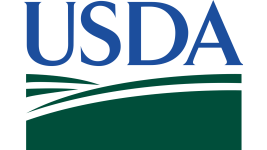An evaluation of the work of the phase I of the project “Pakistan Water dialogue” is established to identify the agricultural water issues to be working on in order to enhance the work of the previous project. This evaluation highlights also the consensus actions to be done or/and completed. Then a selection of the needed partnerships is established. The partnerships would be of two types: partnerships to establish partnerships to promote specific water management technologies and practices, others about implementing them for the target groups. Throughout the project duration, reports about the actions done are developed regularly by the team members. This would lead to the accomplishment of two outputs which are establishing partnerships to promote specific water management technologies and practices. These two outputs will contribute to the achievement of the outcome “improving effectiveness in the water management practices and technologies”.
This outcome would lead to an increased access to productive assets, including natural resources (1.1.1), and eventually to an increased productivity (1.1), an intermediate development outcome (IDO) under the CGIAR strategic goal reducing poverty (1). It would also contribute to the fact of minimizing and reversing of the land and water ( 3.1.1) and then to a nautral capital enhance and protected from climate change (3.1), an IDO of the CGIAR strategic goal Improving natural resources systems and ecosystems services (3). Besides, it would provide an increased capacity of beneficiaries to adopt research outputs (C.1.1) and therefore to the IDO enabling environment improved (C.1), an IDO which comes under the CGIAR strategic goal which is policies and institutions (C). Finally, another sub_IDO can be reached which is an enhanced institutional capacity of partner research organizations. This would lead to enabled national partner and beneficiaries, an IDO of the CGIAR strategic goal capacity development (D).
















